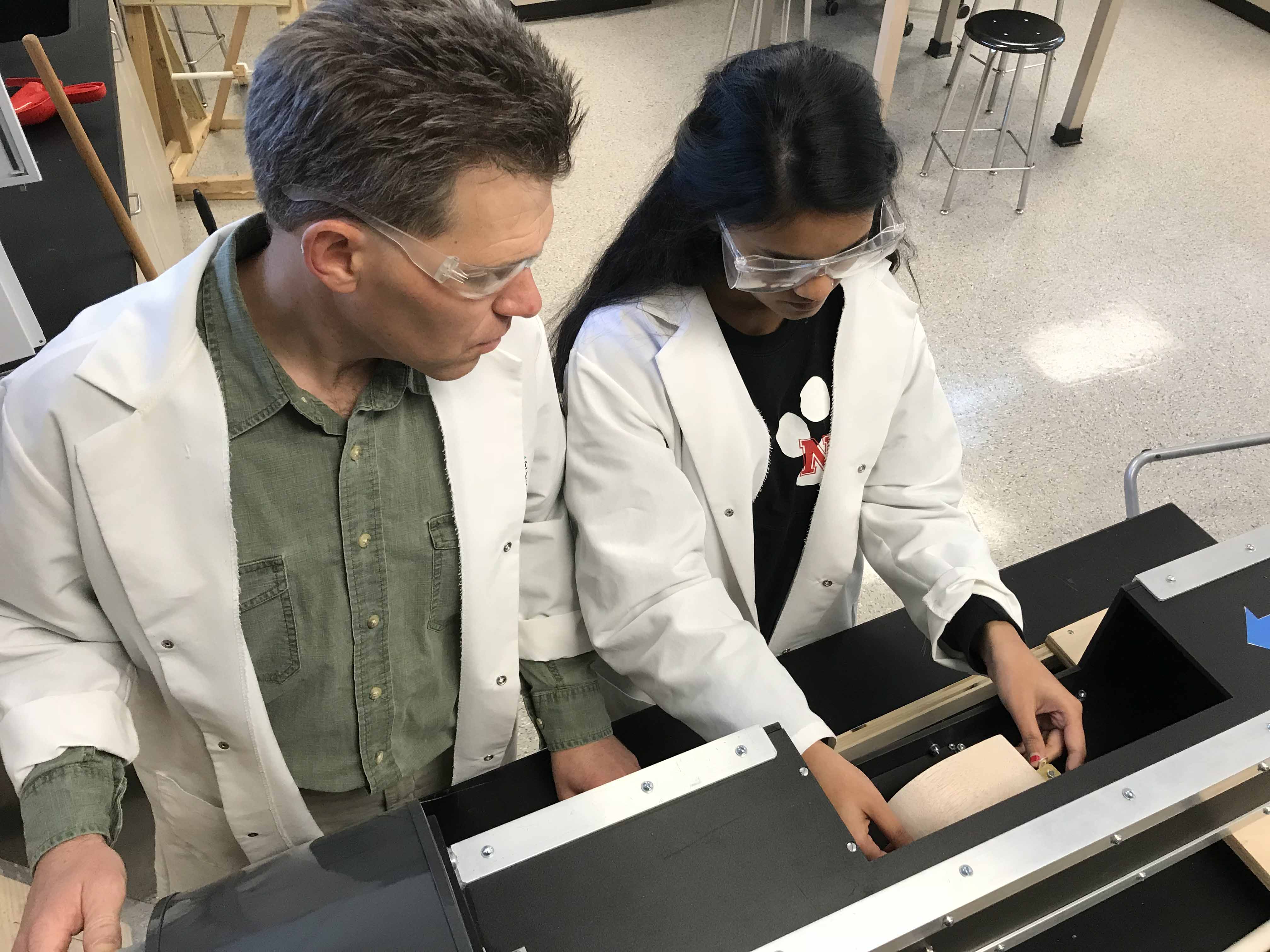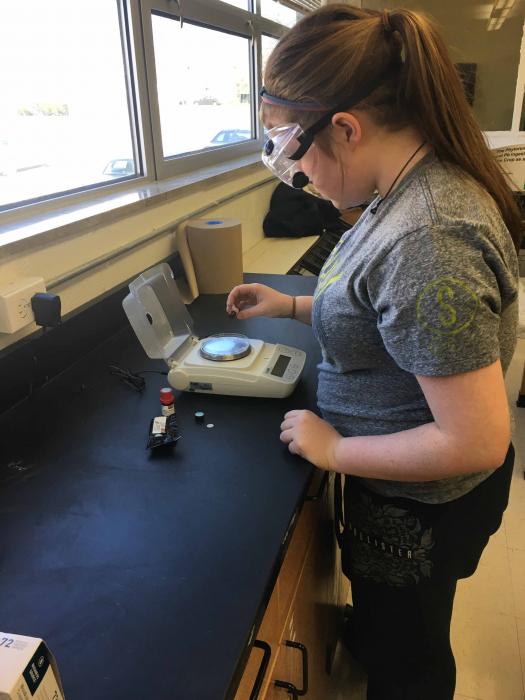How robot kits, an electronic scale and a wind tunnel are helping three rural schools engage students in scientific research

At Greybull High School in Wyoming, a STEM Research Grant has allowed obtaining materials that give students more opportunities to work in advanced fields like robotics, computer programming and engineering.
Projects in engineering were limited to utilizing outdated technology that reinforced concepts that were already known, says research director Joel Kuper.
“I believe that we are seeing an increasing interest in STEM-related fields as a result of this equipment. My students are experimenting in areas they never had the chance to look at before the grant,” Joel said. “The additional opportunity has already increased the size of our physics class and I believe it will encourage students to investigate engineering and computer science projects in future years.”

Thanks to a STEM Research Grant, students at a high school in Missouri no longer need to miss school to use research equipment
Peggy Veatch, a teacher at Eldon High School in Missouri, also had a similar need. Before receiving the grant, her students had to miss school to travel to universities to use their equipment because she couldn’t afford to purchase it for the classroom.
“I really do not think it is to their advantage to miss that much class time, especially if it is their other classes and not just mine. My kids are also all on free or reduced lunch, so my budget needs to be spent on their traveling expenses to competitions and ordering consumable materials for their projects,” Peggy said.
With the grant, Peggy purchased a new electronic balance that measures to 0.001 g, ensuring her students no longer have to travel to access a suitable scale.
“The excitement in the kids’ faces in my science research class was priceless. You would have thought Christmas had come early! Having this equipment makes it so much easier to support these kids in their research and enthusiasm in science,” Peggy said.
Wind tunnel and 3-D printers make research projects more competitive at a school in Georgia
In many cases, students conducting research in high school have access to scientific mentors at universities and other research institutions that help guide them in their research. Due to its rural location, the research program at Rockdale Magnet School for Science and Technology in Conyers, Georgia, doesn’t have off-campus mentors to assist students in projects—students need to be able to access equipment at the school.
“This type of funding is important because our location makes it really impossible for students to go off campus to gain access to mentors for their projects. We have to do the projects at school, so a wide variety of equipment and tools are essential,” Scott said.
Prior to receiving the STEM Research Grant, research coordinator Scott Bolen said students have been doing cool things with 3D printers.
“Often these engineering projects would have benefitted from a wind tunnel,” Bolen said. “This grant allowed us to get a real wind tunnel. Purchasing one otherwise would have been financially impossible for our department.”
The wind tunnel has helped take the students’ engineering projects to the next level.
“I feel that this tunnel, in combination with the 3D printers we already had, have really helped our students make their projects more competitive,” Scott said.
Having this equipment makes it so much easier to support these kids in their research and enthusiasm in science.
According to Scott, the equipment purchased with the STEM Research Grant has helped his students compete at a much higher level.
Two of his students were relieved when money from the grant was used to purchase a probe to measure CO2, which they needed to collect data for their projects. Ultimately they made it to the Georgia State Science and Engineering Fair.
“This grant really provided the key component for their project and helped them realize their goal,” Scott said.


